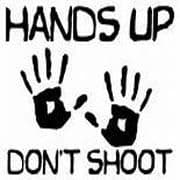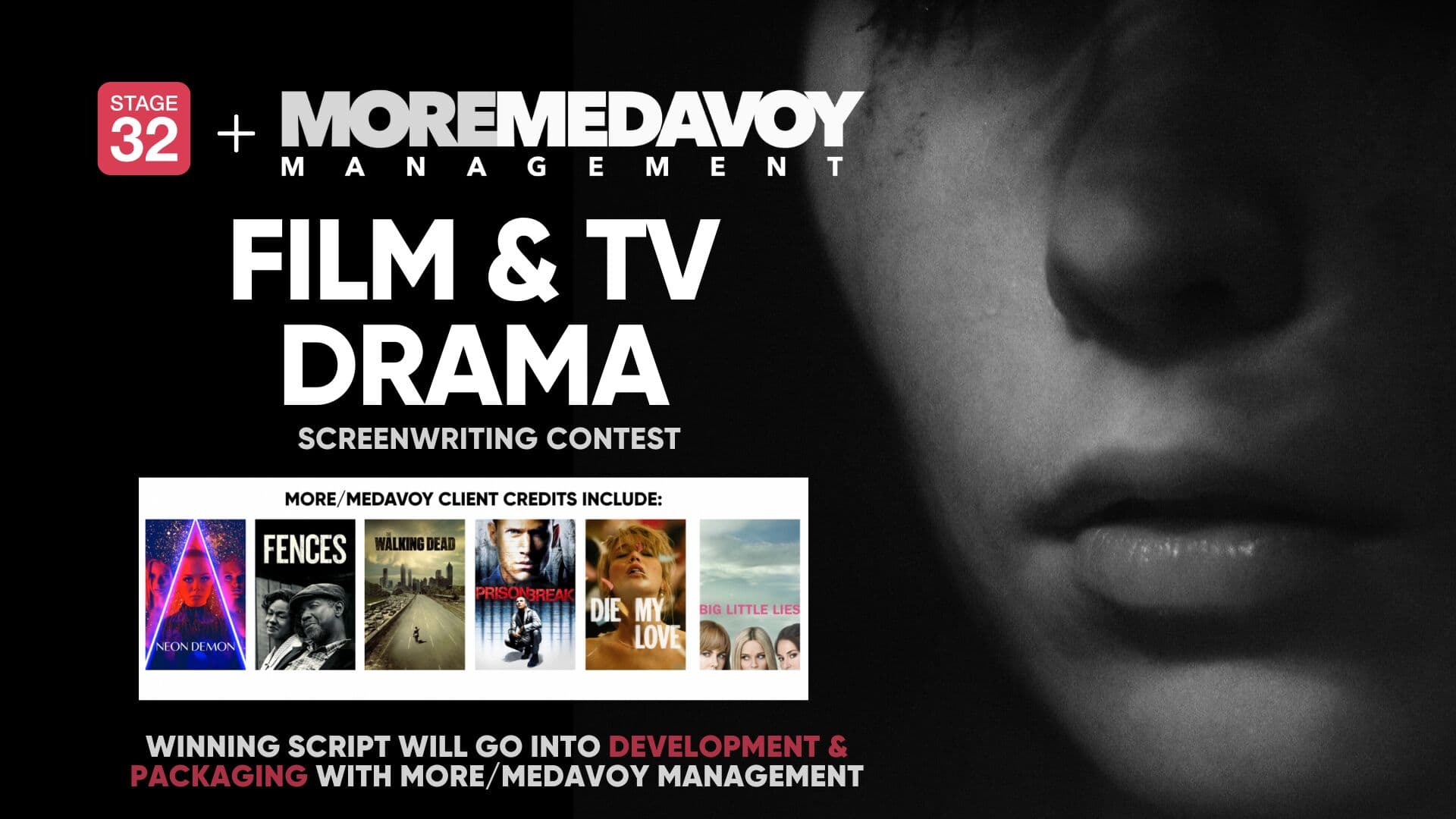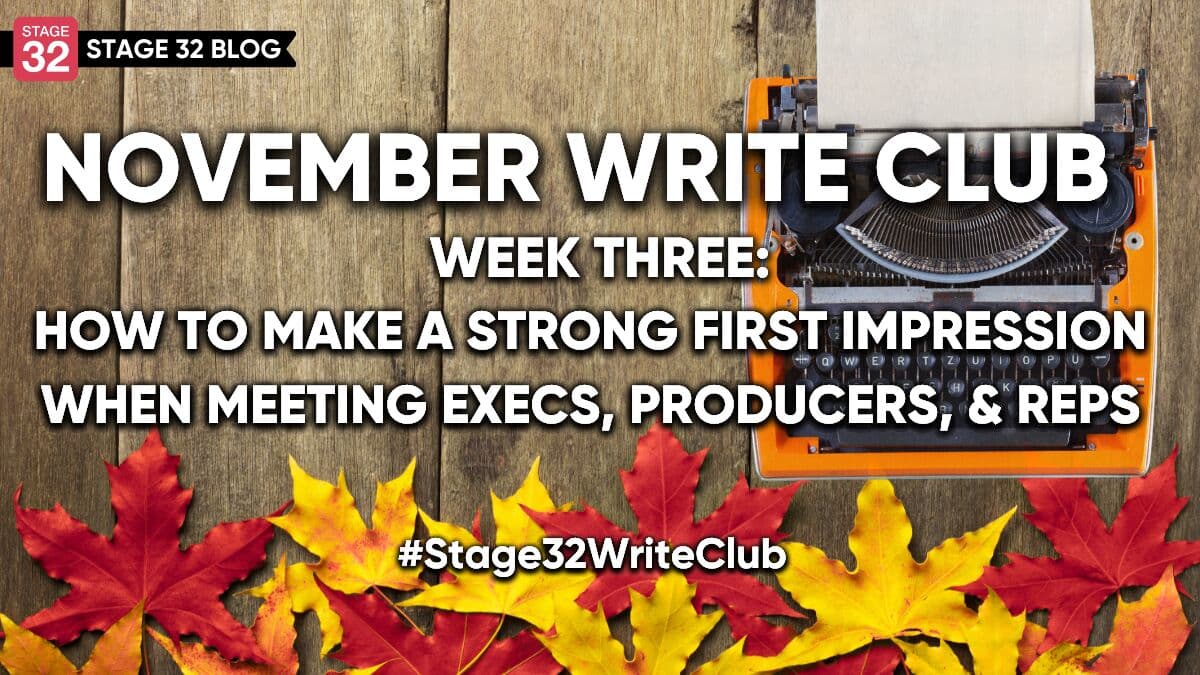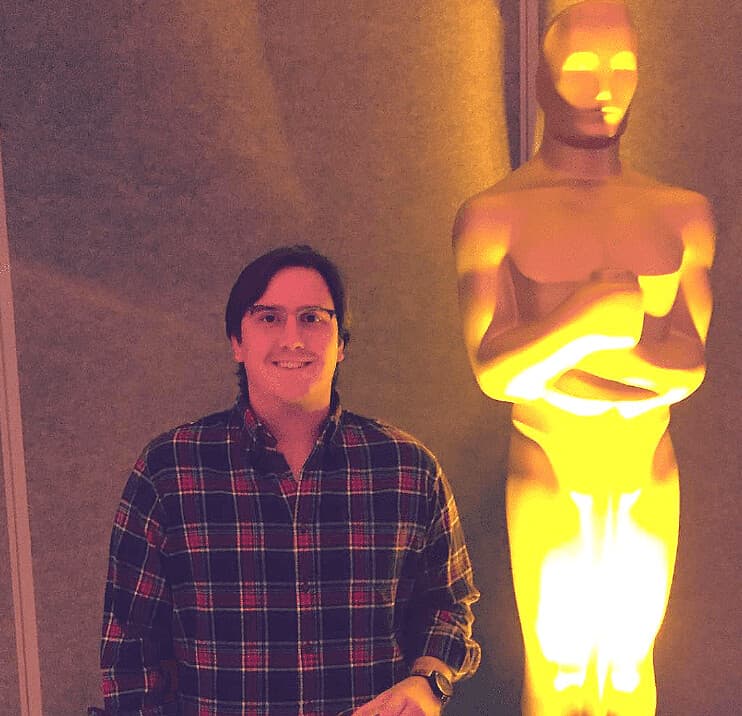Finding Your Value and Audience While "Fixing TV"

Finding Your Value and Audience While "Fixing TV"

There are two types of value, intrinsic and perceived. The Black Audience is intrinsically valuable. But the Industry’s perception is still lagging.
When I started out a few decades ago, folks would ask me, "What's your major?" When I would answer, "Radio, TV & Film," the retort would invariably be, "Oh, you're going to learn how to fix TVs."
"I'm going to make TV programs and produce films," I protested.
There would be a blank look on the person's face. "Can you make money doing that?"
That's the million-dollar question, isn't it?
So, it was in that vein that I, a self-assured, young Black man, walked into the William Morris Agency in NYC and asked the receptionist if an agent was available to look at my script. After some time, she emerged and gave me an agent’s card, and I handed her my script. Hollywood here I come! It ultimately became my first rejection, but not my last.
I would get up at 4am before going to work to write screenplays. I got so many rejections saying mostly they weren't "commercial" enough. Code for too Black, I'm sure.
Those days should be over, yes? Hollywood is smartening up, no?

Creating Value
A study by McKinsey & Co. details how each year Hollywood leaves more than $10 billion on the table by not addressing persistent racial inequities.
Stats:
- In 2012 when “blacks” were asked: "What types of Black-oriented programs would you like to see more of, “the majority answered more documentaries (75%), history (71%), arts (68%), independent films (65%)
- The U.S. Black population is 47 million strong. Larger than 163 of the 195 countries in the world including Argentina, Poland, Canada and Australia. With an annual buying power ($1.6 trillion) on par with the gross domestic product of The Netherlands, Indonesia, and Switzerland, this consumer segment is not one to ignore.
- African Americans continue to watch more TV than any other group per capita
- Black folks are early adapters and users of new technologies 71% of African Americans own a smartphone compared to 62% for the general population
- African-Americans are a driving force for popular culture. 73% of Whites and 67% of Hispanics believe Blacks influence mainstream American culture
- 2 in 3 Black Americans say they don’t see themselves represented on screen
“People of color accounted for the majority of domestic ticket sales for six of the top 10 films in 2018 (ranked by global box office), up from five in 2017. In 2019, minorities bought the majority of tickets for eight of the top 10 films, as well as half of the tickets for a ninth top 10 film. Constituting 40% of the U.S. population in 2018, and slightly more in 2019, people of color will become the majority within a couple of decades.” This is according to the 2020 UCLA Hollywood Diversity Report.
This creates a tremendous opportunity for writers, producers, directors, and production companies that want to target this audience with products that, as the saying goes coined during the Black Arts Movement, “by, for, and about” Black (BIPOC) folks and their lived experience. Not just in America but throughout the Diaspora.
When the “minority” becomes the “majority” is the industry and America ready for the changing of the guard?

Keep On Keeping On
I had one of my scripts read by Ossie Davis who encouraged me to keep writing. I met him some years later and told him that story, and we had a good laugh.
My “big break" came in 1981 when my partner at the time, Bob Lott and I scrounged together some music videos, put together a pilot, called it the Gavin & Lott Show, A Black Music Magazine. For three years from 1982 to 1985, the show covered 75% of the nation and aired in 11 of the top 20 Markets in national syndication, including the Big Apple.
MTV wasn’t playing any Black Artists or Music Videos at that time. We saw cultural value in the Black Experience being expressed through R&B music. We knew that Black Music was green. Advertisers followed suit, Coca-Cola, McDonald’s, Burger King, and others. The same can be said for Black Film and Black TV. Hollywood is still missing the boat. But given the advent of digital technology and the internet, the creative possibilities are endless outside of the Hollywood System and mindset.

Building Black from the Ground Up
As ad man Tom Burrell opined: "Black people are not dark-skinned white people. We came to this nation in a totally different way in a totally different context than any other people. That shaped our experiences, that shaped our attitudes. That shaped our aspirations and our needs."
In a 2016 article in the New Yorker, titled, “The Oscar Whiteness Machine,” Richard Brody writes,
“…[T]he presumption that baseline experience is white experience, and that black life is a niche phenomenon, life with an asterisk. The result is that only narrow and fragmentary views of the lives of African Americans ever make it to the screen—and I think that this is not an accident. If the stories were told—if the daily lives and inner lives, the fears and fantasies, the historical echoes and the anticipations of black Americans were as copiously unfolded in movies as are those of whites—then lots of white folks would be forced to confront their historical and contemporary shame. They’d no longer be able to claim ignorance of what they’d like not to know—which includes their own complicity in a rigged system.”
That ‘rigged system’ continues to plague us in a myriad of ways. In August 2019 The American Academy of Pediatrics issued a policy paper entitled The Impact of Racism on Child and Adolescent Health. In it they present a Statement of the Problem: "Racism is a “system of structuring opportunity and assigning value based on the social interpretation of how one looks (which is what we call 'race’) that unfairly disadvantages some individuals and communities, unfairly advantages other individuals and communities, and saps the strength of the whole society through the waste of human resources.”
More from the report: "Recognizing that racism has significant adverse effects on the individual who receives, commits, and observes racism*, [emphasis added] substantial investments in dismantling structural racism are required to facilitate the societal shifts necessary for optimal development of children in the United States."*
Dr. Welansa Asrat, a New York-based specialist in cross-cultural psychiatry writes, "[B]lack kids' self-perception has improved since the 1940s, while the white kids' remained invested in the stereotypes." According to studies 70% of "whites" and 50% of "blacks" have an implicit anti-"black" bias.
I started on this journey some 50 years ago to tackle what I consider the most important issue facing America, particularly Black America that of systemic racism and its impact on the American psyche.
"Society's anti-black bias can be effectively counteracted with a pro-black bias," Asrat explains. "In psychiatry, we talk about risk factors for particular disorders. However, there are also protective factors that can minimize or diminish the impact of the risk factors. Exposure to anti-black bias is a risk for internalized racism and low self-esteem. However, a pro-black identity can protect against that risk."
The Media is one of the most powerful forces in American society, or as Dr. Tricia Rose terms "gears" that maintains, supports Structural Racism writ large. Why it matters? Because how you think determines your actions/outcomes. And actions conversely influence how we think. The media influence how we think, what we know or don't know about the world we live in. Our history, our culture, and our place in it is defined by what we think we know. So that's where I chose to apply my creative energies, to rock the boat for social change.
91% of Americans believe that content/media has the power to influence society.
Even though Hollywood has Charles King’s MACRO and Jordan Peele’s Monkeypaw and of course Tyler Perry Studios, I’ve often wondered why a group of A-List Black stars, directors, writers, producers have never come together to create a Black United Artists as when Mary Pickford, Douglass Fairbanks, and Charlie Chaplin came together “to control their own stories,” to form United Artists in 1919, a brand that still survives.
Of course, there was Oscar Micheaux, and the Lincoln Film Company established about the same time that produced “race films” distributed to segregated theaters but occupied only a brief moment in time. Are any of the current crop of Black Production Companies built to last beyond their individual founders? I say it’s possible for them and others yet to be as long as they are audience-centered. As Tambay Obenson wrote in an article for Shadow & Act in 2015 speaking of the Black audience, “Surprise America! Black people aren't a monolith. We don't all like the same kinds of things - and, you know what, that's perfectly OK! We are a varied people, with different tastes, styles, expectations, wants, desires, etc, and it would be nice if that entire potpourri was represented as close to its full breadth as possible, on the big and small screens.”
I didn't get rich from my stint in national TV syndication, nor did I make it to Hollywood. For more than 40 years I plied my trade, using my skills and talents in client-driven projects for marketing, promotion, and corporate/business information. But dreams die hard.
Now, however that I'm embracing "elderhood" two of the qualities required are: Acceptance and Self-Validation.

Acceptance
They have come to accept life as it is, including their current condition, mistakes, or injuries of the past, and insecurity of the future.
Self-Validation
They have a deep appreciation of themselves, and while they may enjoy the validation of others, they do not seek it in the way younger men and women do. Their validation comes from the Spirit or from within.
So now that I'm "retired," or should I say of retirement age I'm back to the future, developing projects for television and motion picture distribution under my Gavin Media NU World banner still chasing the dream, but from an “elder’s” perspective. Still trying to “fix TV’s,” programming that is, to be more inclusive and represent the NU BIPOC American Majority.
To all those young folks just starting out I say, never give up, never give in, where there is a will there in a way.
Let's hear your thoughts in the comments below!
Got an idea for a post? Or have you collaborated with Stage 32 members to create a project? We'd love to hear about it. Email Emily at emily@stage32.com and let's get your post published!
Please help support your fellow Stage 32ers by sharing this on social. Check out the social media buttons at the top to share on Instagram @stage32, Twitter @stage32, Facebook @stage32, and LinkedIn @stage-32.
About the Author

Walter Harris Gavin
author, producer, screenwriter
Walt Gavin, the driving force behind Gavin Media Nu World (GMNW) has been writing and producing film and video projects for more than 25 years. GMNW is the leading proponent of "nu world" communications: media, programming & strategy - embracing the new demographic reality. He debuted his docu...





